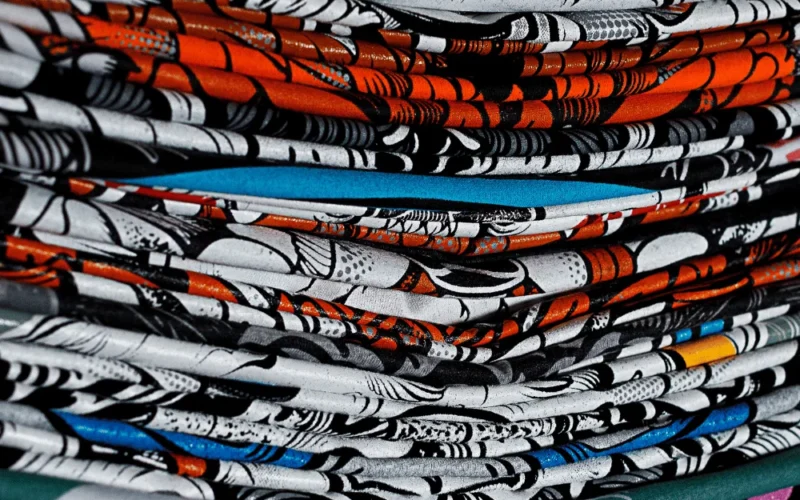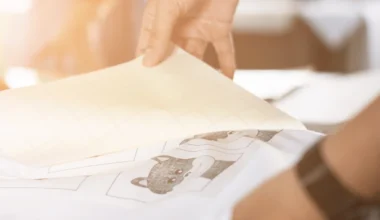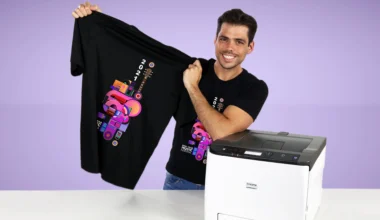Exploring the printing space? Looking to print your own beautiful creations, and want to learn more about your craft? What is direct-to-film printing on a deeper level, and what sorts of projects can you use it for?
What is Direct-to-Film Printing?
So, what is a direct to film printer? Let’s take a closer look at the process involved.
In its simplest form, direct-to-film printers transfer your design onto transparent film, then the film is coated with specialty-formulated DTF adhesive powder. Once the adhesive powder has been cured onto the film, the design can then be transferred using a heat press. Perhaps the best part of this is that it can then be transferred onto a variety of different substrates, like garments, ceramics, wood, metal, glass, plastic, leather, canvas, and more.
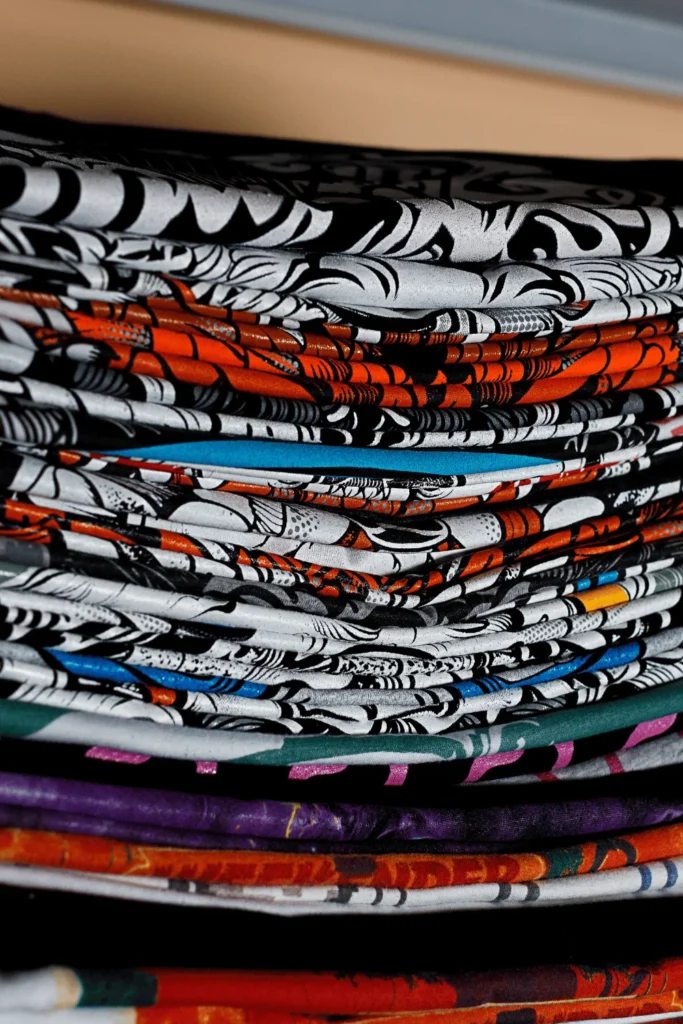
Benefits of Direct-to-Film Printing
Direct-to-film printing has two main advantages that make it a preferred choice compared to other methods. It has a high level of detail and sharpness, perfect for printing intricate designs, gradients, or images with multiple colors.
It also has a variety of different substrates and fabrics, like cotton, polyester, blends, and even more solid materials like metal, glass and plastic.
DTF printing is also great for if you need to complete large bulk orders. You can print multiple designs in a single run, and can then immediately transfer or store them for later use.
Direct-to-Film Printing Compared to Other Printing Methods
When it comes to different printing methods, let’s not forget that there are other options to choose from, too. Now that you’ve answered “what is direct to film printing?” let’s deconstruct how it compares to some other printing methods.
Direct to Film vs. Direct to Garment (DTG) Printing
So how does direct-to-film printing compare to direct-to-garment printing?
Direct-to-garment (DTG) printing is another popular method for printing designs onto garments, but slightly different than our direct-to-film.
While direct-to-film printing involves printing onto a transparent film, DTG printing prints the design directly on a garment using specialized inkjet technology.
But probably one of the biggest comparisons between DTG printing and DTF is its ability (or inability) to print on certain substrates. Direct-to-garment printing is best for cotton and cotton blends, while direct-to-film printing can be used on all sorts of substrates, like cotton, polyester, blends, and a slew of other fabrics.
Direct to Film vs. Sublimation Printing
Sublimation printing, in comparison, involves printing a design onto a special paper and then transferring it onto the substrate using heat. It requires a special sublimation ink, that, when it’s heated, turns into a gas and permeates straight through the substrate.
The result? A permanent, full-color print.
While sublimation printing can produce pretty vibrant prints, direct-to-film printing can usually can achieve sligtly sharper details and more vibrant colors.
When it comes to substrates, sublimation printing is primarily suitable for polyester fabrics (think t-shirts, sweatshirts, and crew necks), as its the process relies on the dye sublimation properties of polyester. Direct-to-film, on the other hand, can be used on a wider range of substrates, like cotton, polyester, and blends.
Direct to Film vs. Screen Printing
Screen printing is a more traditional printing method that creates a stencil (or a screen) and then using that to apply ink onto a substrate.
With screen printing, you’ll need to create a stencil for each color in the design, which makes it a slightly more labor-intensive process compared to direct-to-film printing.
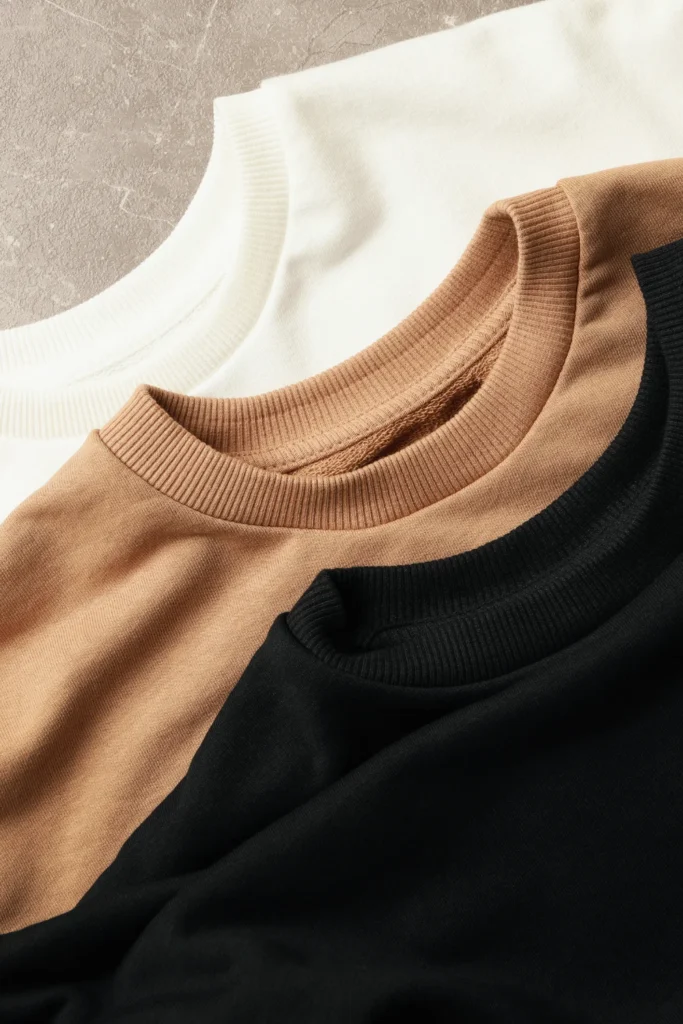
How to Use a Direct-to-Film Printing Machine
1. Prepare Your Artwork
Before you begin, make sure your artwork is ready for printing, including being in the correct file and format and with adjusted colors, size, and resolution as needed for the best results.
2. Load the Film
Next, place your transparent film onto the printer’s film tray or platen, and ensure that the film is securely in place to prevent any shifting and that it properly ensures a direct-to-film transfer onto the film.
3. Adjust Your Printer Setting and Print Your Design
Once your film is loaded, pick the appropriate print settings on your printer software, including the ink type, print quality, and any other relevant parameters. These settings will vary depending on the printer model and the specifics of your design.
With your settings adjusted, send your artwork to the printer for printing, monitoring the printing process closely to ensure quality and consistency throughout.
4. Prep the Substrate
Before doing a direct-to-film transfer of your design onto the substrate, it’s important to prepare your substrate to ensure optimal adhesion and print quality.
Ensure it’s clean and free of any dust, dirt, or debris that could affect the adhesion of the ink.
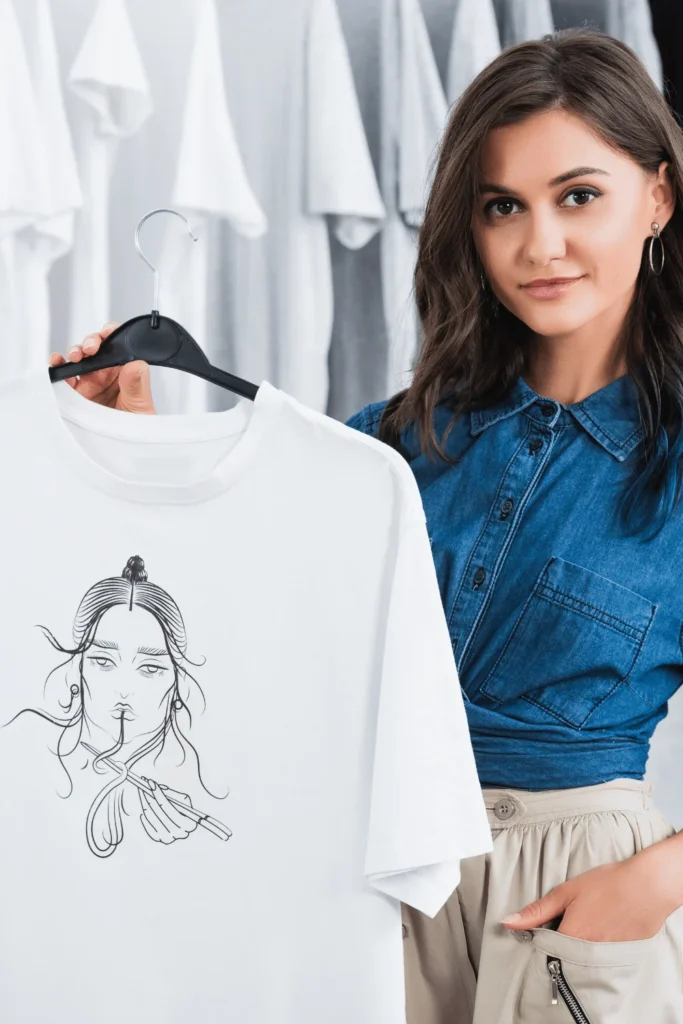
5. Apply Adhesive
To ensure your design adheres properly to the substrate, apply a thin, even layer of adhesive powder to the substrate. Make sure it’s evenly distributed and covers the entire printing area, and allow it to fully according to the manufacturer’s instructions before moving on. Once the adhesive powder has been applied, cure it onto your transfer film using a heat press.
6. Heat Press Transfer
Once the adhesive is dry, transfer your design onto the substrate using a heat press. Place the printed film onto the substrate, align it correctly with the adhesive-coated area, and apply heat and pressure to the film, transferring the design onto the substrate.
The manufacturer should have instructions about things like temperature, pressure, and time settings to ensure proper transfer and adhesion. After pressing, allow the substrate to cool before handling to ensure the design sets properly.
7. Let it Cool, Finish, and Post-Process if Needed
After the heat press transfer, let the substrate cool before handling or further processing. Once it’s cooled, remove any excess adhesive or film residue from the substrate using a soft, lint-free cloth or brush. You might need some post-processing with the print like curing the ink with heat or applying a protective coating.
Start Your Direct-to-Film Printing Journey with Ricoma!
Looking to take your printing project to the next level?Ricoma’s selection of direct-to-film collection offers a range of DTF printers and DTF accessories designed specifically to enhance your printing capabilities and help you create high-quality products! Embark on your direct-to-film printing journey with quality products and a knowledgeable, creative community to help you along the way!
